Red Pepper Flakes vs. Chili Flakes: Are They Really the Same Thing?
If you've ever stood in your kitchen staring at two bottles labeled "red pepper flakes" and "chili flakes," wondering if they're interchangeable, you're not alone. It's a common confusion among home cooks and even seasoned chefs. In this article, we'll break down everything you need to know about these fiery ingredients—how they're different, when you can swap them, and why it might actually matter.
Table of Contents
- What Exactly Are Red Pepper Flakes and Chili Flakes?
- Are They Really Different? A Side-by-Side Comparison
- Heat Levels: Scoville Scale Breakdown
- Flavor Profiles: Taste Beyond the Heat
- How to Use Them in Your Cooking
- Buying Guide: Choosing the Right One for You
- Final Thoughts: Spice Up Your Kitchen the Right Way
What Exactly Are Red Pepper Flakes and Chili Flakes?
Let’s start with some basics before we dive into the spicy debate. The term "chili flakes" is pretty broad—it can refer to dried, crushed pieces of any kind of chili pepper, from mild to blazing hot. On the other hand, "red pepper flakes" usually refers to a specific blend or variety that typically includes crushed cayenne peppers, seeds, and sometimes other red chilies for flavor and heat.
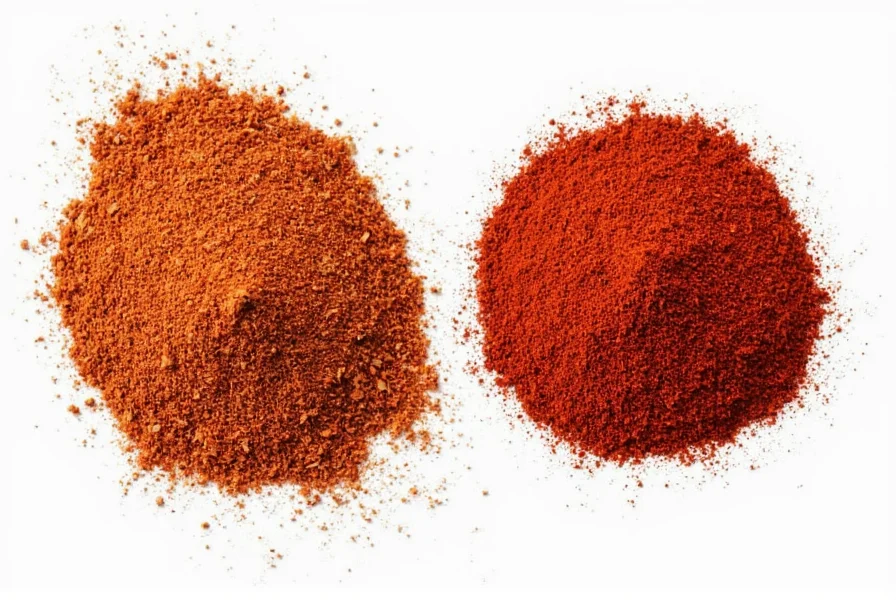
The labeling confusion often comes from regional differences and marketing practices. In Italy, for instance, you’ll see “peperoncino” flakes used liberally in pasta sauces, while in the U.S., most supermarket versions are a mix designed for general-purpose spicing up of dishes like pizza, soups, or marinara sauce.
Key Differences at a Glance
| Feature | Red Pepper Flakes | Chili Flakes |
|---|---|---|
| Made From | Cayenne peppers (often mixed) | Any type of chili pepper |
| Heat Level | Moderate to high | Varies widely |
| Texture | Rough, coarse | Can be fine or coarse |
| Purpose | Cooking versatility | Specific dish or cuisine needs |
Are They Really Different? A Side-by-Side Comparison
At first glance, red pepper flakes and chili flakes may look nearly identical. But their differences lie beneath the surface—both literally and figuratively. Let’s take a closer look at how they compare across various culinary aspects:
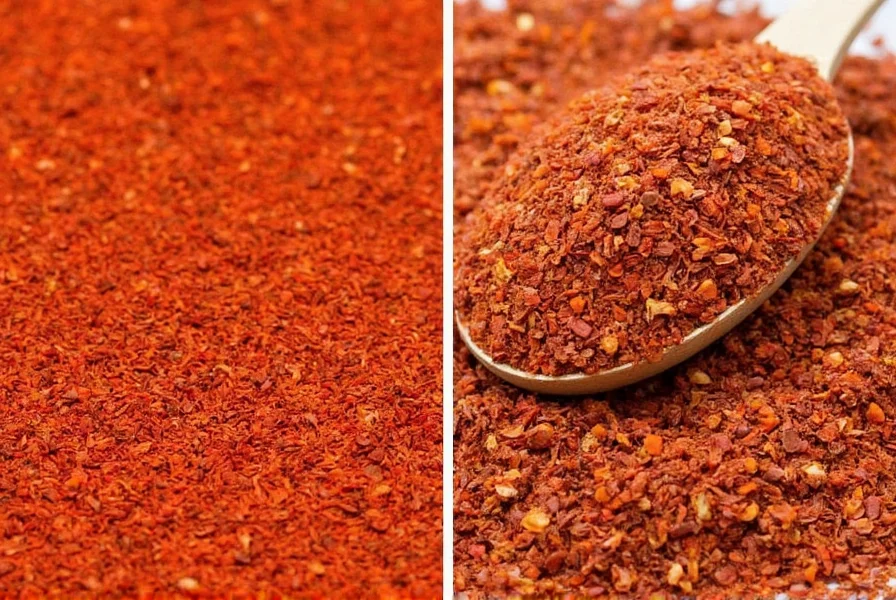
- Origin: Red pepper flakes are commonly found in Italian-American kitchens, whereas chili flakes are more globally used, varying by region and available local peppers.
- Color: Both are typically red, but the shade can vary based on the type of chili used. Some chili flakes may appear darker or brighter depending on the variety.
- Inclusions: Most commercial red pepper flake mixes include seeds, which add extra heat. Many chili flakes, especially higher-end varieties, are made from just the flesh or come without seeds.
Heat Levels: Scoville Scale Breakdown
The Scoville scale measures the heat level of peppers. Here’s how common types stack up:
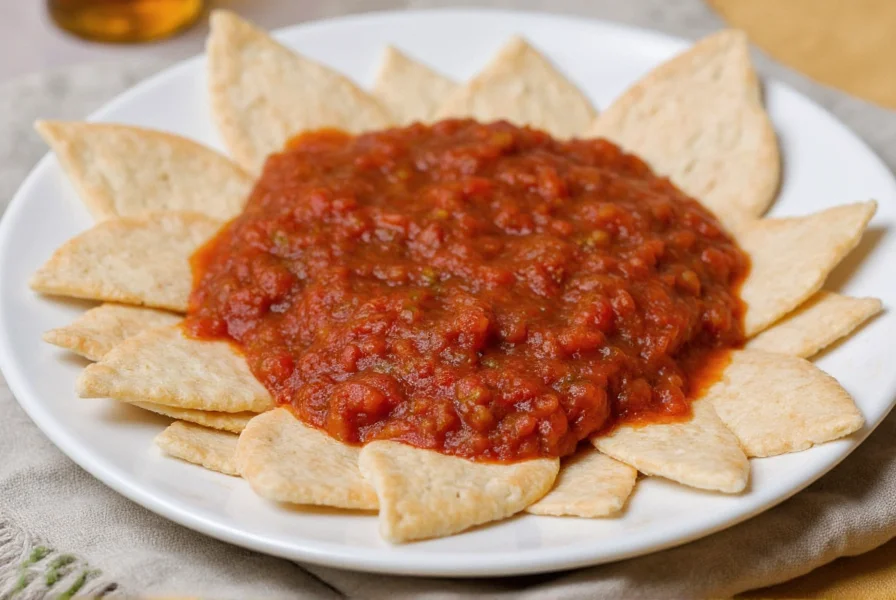
| Pepper Type | Scoville Units |
|---|---|
| Red Bell Pepper | 0 SHU |
| Jalapeño | 2,500 – 8,000 SHU |
| Cayenne (base for many red pepper flakes) | 30,000 – 50,000 SHU |
| Hatch Green Chile | 1,000 – 15,000 SHU |
| Thai Bird's Eye Chili | 50,000 – 100,000 SHU |
| Habanero | 100,000 – 350,000 SHU |
Most store-bought red pepper flakes fall around the medium-high range, between 15,000–40,000 SHU, depending on the brand and exact pepper mix. Meanwhile, chili flakes can range from super mild (like New Mexico chiles) to extremely hot (like ghost pepper flakes).
Flavor Profiles: Taste Beyond the Heat
It’s not all about the burn—each type of flake contributes unique flavor notes to your dishes. Understanding these nuances can elevate your cooking game.
- Red Pepper Flakes: These have an earthy, slightly smoky, and peppery flavor. Their heat builds gradually and lingers, making them ideal for slow-cooked dishes where the flavor has time to infuse.
- Chili Flakes: Depending on the type of chili used, these can offer flavors ranging from fruity and floral (like guajillo) to richly smoky (like chipotle) or even grassy and sharp (like fresno). Some chili flakes retain more fresh pepper notes than others.
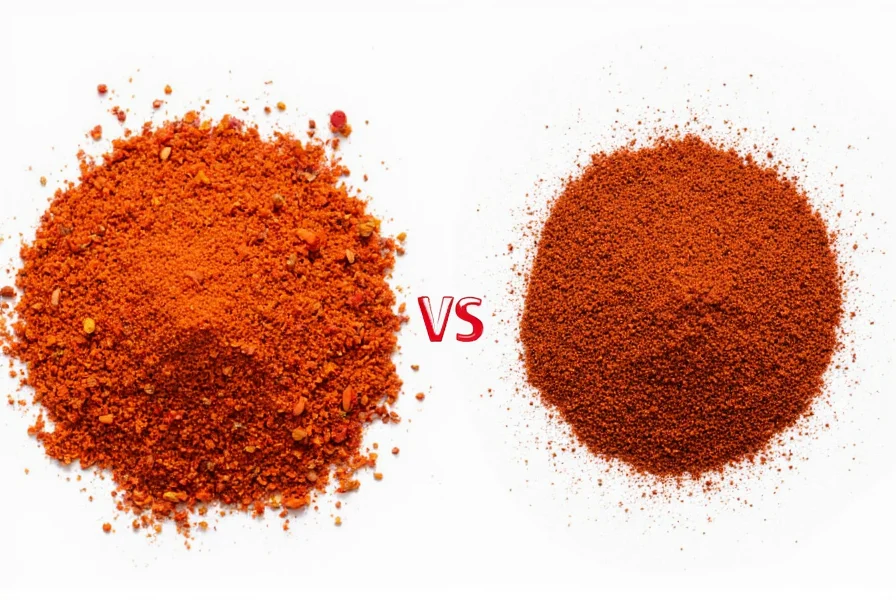
Try This Tasting Experiment
- Grab a few different chili flakes: cayenne, chipotle, arbol, and perhaps one labeled “red pepper flakes.”
- Place a small pinch on your tongue and note the immediate sensation and aftertaste.
- Write down descriptors like “earthy,” “fruity,” “smoky,” or “citrusy.”
- Next time you cook, match the flavor profile to your dish!
How to Use Them in Your Cooking
Both red pepper flakes and chili flakes are versatile, but each shines best in certain contexts. Here’s how to get the most out of them:
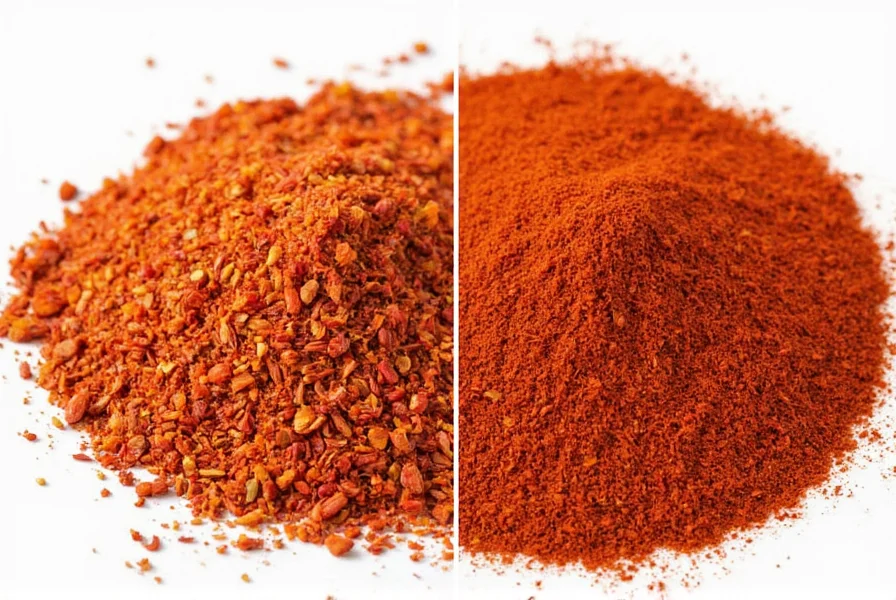
Best Uses for Red Pepper Flakes
- Italian-Style Pasta Sauces: A classic sprinkle adds warmth to marinara or arrabbiata sauces.
- Garlic Butter Shrimp: Add depth without overwhelming the seafood flavor.
- Pizza & Flatbreads: Perfect for adding a kick to cheese-heavy pies or veggie toppings.
Best Uses for Chili Flakes
- Asian Stir-Fries: Thai bird chilies or shishito flakes add punch to noodles or fried rice.
- Mexican Salsas: Arbol or pasilla flakes enhance the complexity of tomato-based salsas.
- Barbecue Rubs: Smoky chipotle or ancho chili flakes give grilled meats a bold edge.
Buying Guide: Choosing the Right One for You
With so many options available, picking the right flake can feel overwhelming. Here’s a curated list of popular products with insights into what makes them stand out:
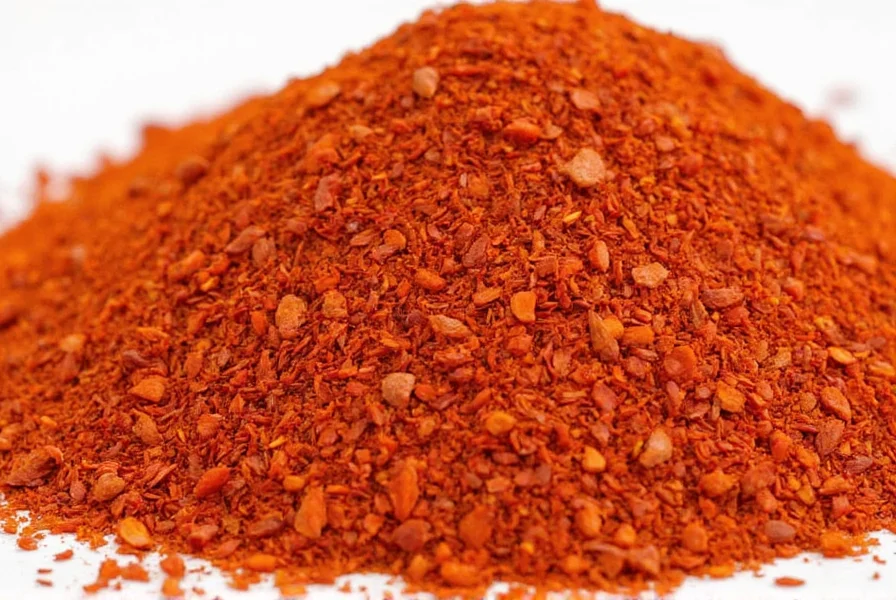
Top Picks for Red Pepper Flakes
- McCormick Crushed Red Pepper
- Features: Blended cayenne and chili flakes
- Advantages: Affordable, consistent quality
- Use Case: Everyday cooking, especially pasta and pizza
- Target Audience: Home cooks and casual spice users
- Occasion: Weeknight meals, quick fixes
- La Flor Mexican Style Crushed Peppers
- Features: Made from arbol chilies
- Advantages: More authentic flavor, hotter than average
- Use Case: Mexican-inspired dishes, salsas
- Target Audience: Foodies looking for authenticity
- Occasion: Weekend cooking, themed dinners
Top Picks for Chili Flakes
- Spice Islands Thai Bird Chili Flakes
- Features: Small, potent Thai chilies
- Advantages: Adds intense heat and aroma to Asian dishes
- Use Case: Thai curries, pad thai, noodle stir-fries
- Target Audience: Fans of Southeast Asian cuisine
- Occasion: Special dinners, adventurous eaters
- Badia Crushed Chipotle Chili
- Features: Smoked jalapeño chili flakes
- Advantages: Rich, smoky, mildly sweet undertone
- Use Case: BBQ rubs, chili stews, roasted vegetables
- Target Audience: Grill enthusiasts and vegetarians alike
- Occasion: Grilling season, dinner parties
Final Thoughts: Spice Up Your Kitchen the Right Way
So, are red pepper flakes the same as chili flakes? Technically, yes—but practically, no. While both are dried, crushed chilies, the devil is in the details: origin, heat level, flavor profile, and intended use. Armed with this knowledge, you can now confidently choose the right flake for every dish you make.
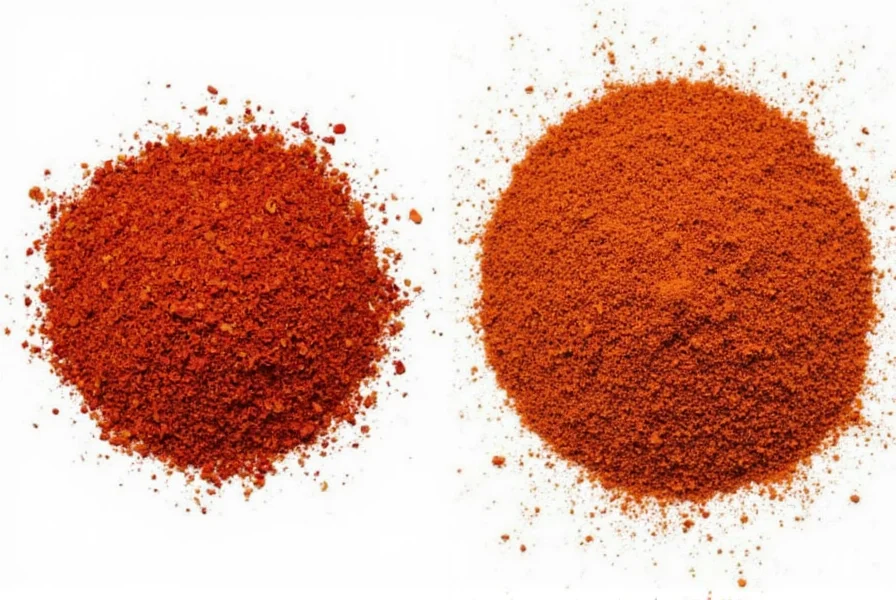
Whether you’re a fan of the familiar red pepper flakes or eager to explore exotic chili varieties, there’s a whole world of flavor waiting for you. Don’t be afraid to experiment—spices are meant to inspire joy, creativity, and a little bit of heat!
Quick Recap Tips
- Red pepper flakes = general-purpose heat
- Chili flakes = flavor-specific intensity
- Read labels carefully—some blends surprise you
- Store in cool, dark places to preserve potency
- Always start with less—you can always add more!

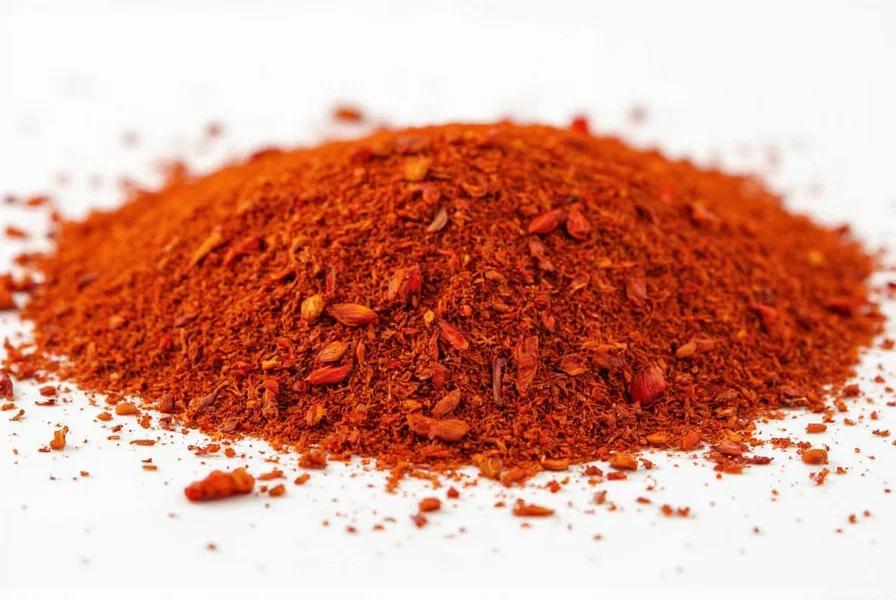









 浙公网安备
33010002000092号
浙公网安备
33010002000092号 浙B2-20120091-4
浙B2-20120091-4